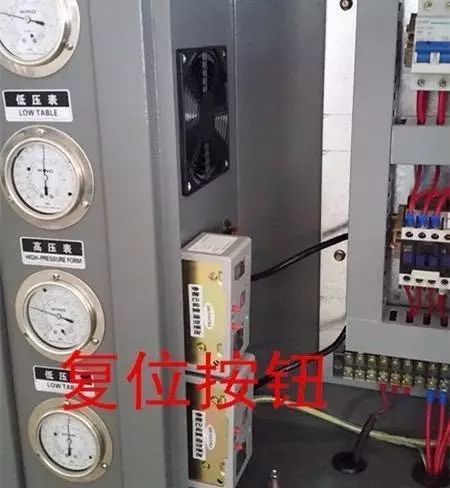Talk about the panel type and backlight technology behind TV and monitor
Like all electronic technologies, many people on the screen don't understand. For example, if you or your family want to buy a flat-panel TV or monitor, you need to face a lot of parameters: resolution, panel type, backlight technology, etc., which sounds complicated. However, in order to buy the product that suits you best, you still need to understand the difference between these key parameters, so you may wish to briefly understand the following.

Panel type:
TN
The TN screen we often say is actually an abbreviation for the TwistedNemaTIc (twisted nematic) panel. In fact, you don't have to remember this complicated academic name, just remember that the TN screen is the lowest cost LCD panel, with the worst display and the narrowest viewing angle. Basically, most low-end displays use this type of panel.
VA
The VA panel is mainly divided into MVA developed by Fujitsu and PVA of Samsung. It is a compromise solution that is better than TN but still not as good as IPS. The VA panel has a better wide viewing angle, but it still belongs to the soft screen (the ripple is generated by touching the panel with a finger), and the response time, viewing angle, and uniformity are not as good as IPS. This type of panel is usually equipped with some mid- to high-end displays.
IPS and PLS

Comparison of IPS (left) and TN (right) panels
There is no doubt that IPS is currently the best-performing LCD panel with outstanding color performance, high viewing angle, and low power consumption. IPS is often referred to as a "hard screen" because its surface has a glass outer layer, and high-end TVs, cell phones, tablets, and displays are commonly equipped with IPS panels. As for PLS, it is Samsung's standard IPS, which is cheaper, but basically the same as IPS.
Easy Electronic Technology Co.,Ltd , https://www.yxpcelectronicgroups.com